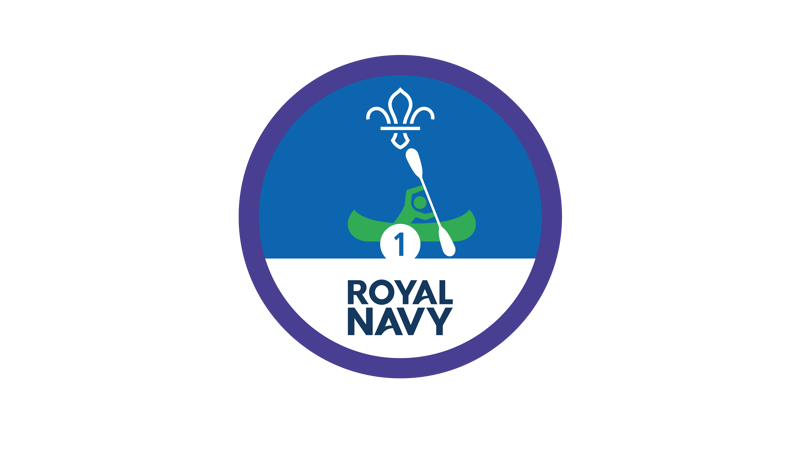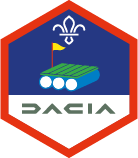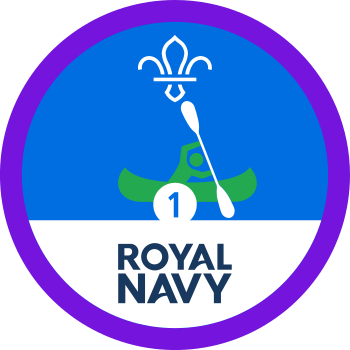What to expect
Surfing is all about using a specially designed board to ride the face of a moving wave towards the shore. Surf boards come in different shapes and sizes, and you can ride them in different ways including standing, kneeling, or laying down.
What you’ll learn
Surfing is a great way to get active – it involves lots of swimming and manoeuvring as well as riding the board. Spending time in the water and getting in tune with the waves is a great way to connect to nature.
Fun facts
- Surfing has been around in different forms for hundreds (if not thousands) of years. It exploded in popularity in the early 1900s.
- Surfing was set to make its first Olympic appearance in Tokyo in 2020 (the games were postponed until 2021 because of the coronavirus).
Handy hints
- Take it one step (or kneel) at a time. Standing up on a surf board can be tricky – you’ll probably have to get back up and try again more than once or twice. Stick at it, and remember that there’s no rush to stand up. Kneeling or lying down on the surfboard is a great way to give it a go if you’re not ready to stand just yet.
- Ditch the tech. Sand, sea, salt, and sun might be great fun for humans, but they’re a pretty terrible combination for phones and cameras. It’s best to leave them somewhere safe while you enjoy the ocean.
Safety
You must always:
- Complete a risk assessment
- Have the right ratios of number of adults to provide suitable supervision
- Set up an InTouch process
- Know what to do in an emergency
- Share information with parents and carers with an activity information form
- Get approval from your commissioner
Be safe outdoors:
- Check the weather forecast
Be safe in water:
Everyone should be able to swim 50 m wearing the clothing or equipment for the activity. Non-swimmers will need additional support.
Water can be dangerous - be aware of the risks.
The category of water depends on how safe the water is. Use our waterways directory to check.
Be sure to manage the group when near water, keeping everyone safe.
Swimming:
- If paddling do a risk assessment, make sure you have appropriate safety cover in place and that everyone is visible above water at all times.
- Swimming is defined in POR 9.13.9
- Manage your swimming activity in line with the swimming rules and guidance.
- Manage a Scout owned swimming pool in line with HSE 179 Managing Health and Safety in Swimming pools
Joint activities with other organisations:
- This activity can be run jointly with Girlguiding.
- This activity can be run with other organisations.
This activity can be led by you or someone else in Scouts:
- Acceptable instructor qualifications
- Swimming - Hold a permit or qualification as outlined in POR 9.13.9 Swimming
You can go to a centre or use an activity leader who is not part of Scouting:
You must find a suitable provider who meets the following requirements:- The centre/instructor should hold one of these:
- Surfing England - Qualified to lead the activity as per the requirements of Surfing England
The provider must have public liability insurance.
Guidance
Reflection
Surfing was a great way to be active. How did people have to move when they were surfing? What sorts of skills did people pick up while being active? People might think about balance, agility, or being able to get back up and try again. Are any of the skills people use to surf useful for other ways of being active? Lots of ways of being active need people to try and try again when things don’t go right first time. How did people pick themselves up when things went wrong? Different people may have found different things useful.
Surfing was also a chance for people to value the outdoors. Did everyone enjoy being outside? How did they feel before they got in the sea? Did they feel more comfortable by the end of the session? When people surf, they have to focus on the waves. Did that help people feel connected to the natural environment? What else did people feel?
Surfing can often be adapted so more people can give it a go. Many outdoor centres have facilities that cater for people with additional needs and experienced instructors to help everyone achieve their goals. Get in touch with your local provider to chat through the needs of people in your group – make sure you give them plenty of notice.
All Scout activities should be inclusive and accessible.
If any Cubs or Scouts really enjoy surfing, they could look into completing a qualification for their Cubs or Scouts Water Activities Activity Badge.



